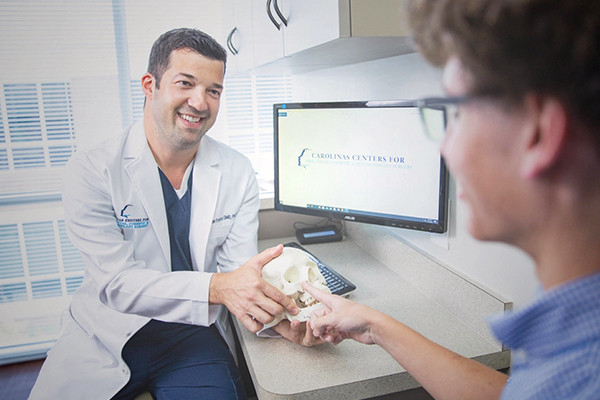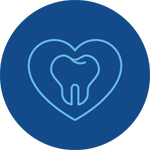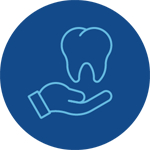Safe Techniques to Rebuild Bone
The loss does not stop at the tooth when a tooth is missing and not replaced. Over time, the bone underneath deteriorates. While many patients with varying degrees of bone loss are candidates for dental implants, those with insufficient bone may require a bone graft to rebuild the lost bone and successfully support an implant. The bone grafting material may be sourced from a bank (donor’s bone), or your bone may be used. Synthetic material is another option. Your oral surgeon will review your options, including those for anesthesia, during your consultation appointment.
Types of Bone Grafting Procedures
Bone grafts restore the quality and quantity of bone in the jaw. The type of bone grafting procedure you need depends on where new bone is necessary, the severity of bone loss, and facial anatomy, among other factors.
Meet Our Specialists
Our experienced multidisciplinary team specializes in bone grafting, offering tailored solutions to enhance your oral health. This crucial service supports optimal conditions for tooth restorations, whether you need a single implant or a complete arch. With our expertise in bone grafting, we ensure you receive the best possible care and outcomes.












